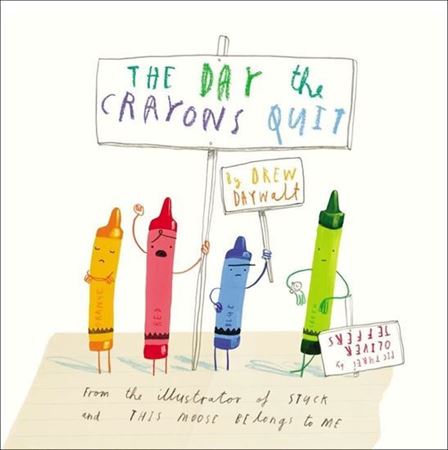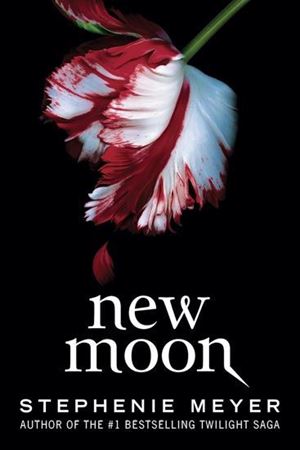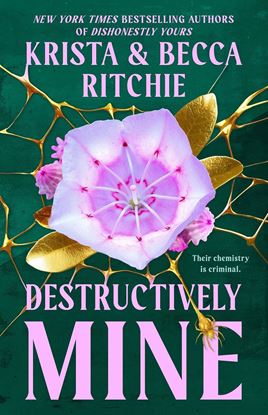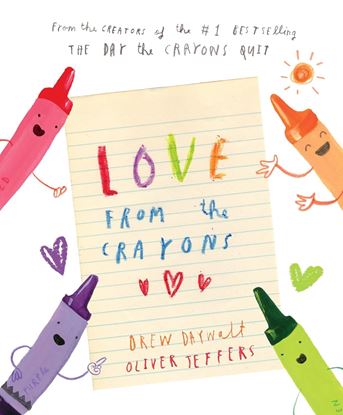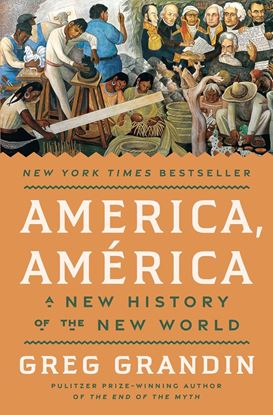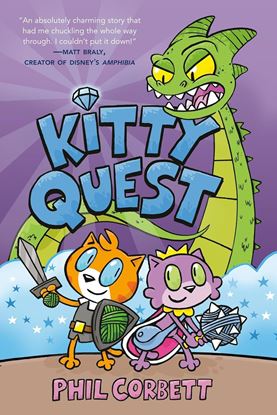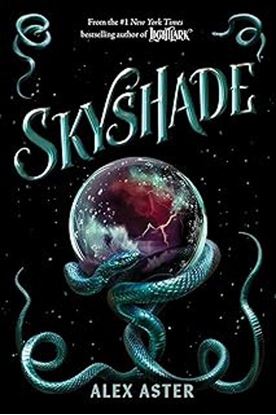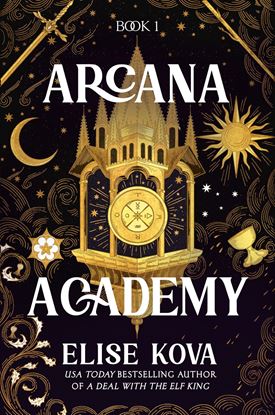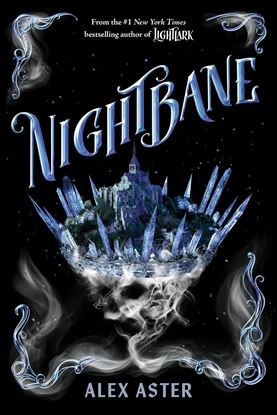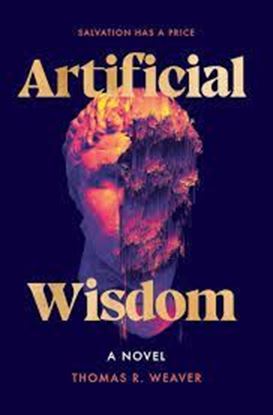

THE NATURALS DELUXE EDITION
Seventeen-year-old Cassie is a natural at reading people, piecing together the tiniest details to know who a person is, and what they want. But it’s not a skill she takes seriously until the FBI come knocking—they’ve begun a classified program that uses exceptional teens to crack infamous cold cases, and they want her to join.
What Cassie doesn't realize is that there’s more at risk than a few unsolved homicides. Sent to live with a group of teens whose gifts are as unusual as her own, she quickly realizes no one in the Naturals program is what they seem. Emotion-reader Michael is a wild card—and far too perceptive for Cassie’s good. The resident deception-detector is a pathological liar, and the program’s perky, blonde statistician is far better with numbers than with people. And then there’s Dean—a profiler like Cassie but with a much darker gift.
When a new killer strikes, danger looms close. Caught in a lethal game of cat and mouse with a killer, the Naturals are going to have to use all of their gifts just to survive.
Perfect for fans of Criminal Minds and Holly Jackson, Jennifer Lynn Barnes delivers a suspense-ridden psychological thriller with killer appeal, a love triangle to die for, and a gorgeous new design that will stand out on any she
1,750
1,313
DESTRUCTIVELY MINE (WEBS 2)
As the daughter of a con artist, Phoebe Graves only knew a life of swindling the rich until her best friend and fellow grifter, Hailey Tinrock, proposed an idea to start a new, honest life in a wealthy college town of Connecticut. Once there, they decided to leave behind their deceitful tricks and be truthful for once. But you know what they say about best intentions. . . .
While Phoebe is fake-dating Jake Waterford, the third-born son to an uber-wealthy and influential family, she’s actually dating and falling deeper in love with Brayden “Rocky” Tinrock—Hailey’s older brother. To make matters more complicated, Phoebe’s mother shows up out of the blue with conniving match-making designs of her own.
Her mother’s arrival threatens to unravel Phoebe’s plans. To keep her love, her friends, and her newfound happiness, Phoebe will have to return to her old games . . . and win.
950
713
LOVE FROM THE CRAYONS
Love is yellow and orange. Because love is sunny and warm.
Love is purple. Because it’s okay to love outside the lines.
This charming ode to love, in all its bright colors and subtle shades, features the whole crew from The Day the Crayons Quit. Perfect for fans of the Crayons, young and old—and everyone who loves them.
650
488
AMERICA AMERICA
America, América traverses half a millennium, from the Spanish Conquest—the greatest mortality event in human history—through the eighteenth-century wars for independence, the Monroe Doctrine, the coups and revolutions of the twentieth century, and beyond. Grandin shows, among other things, how in response to U.S. interventions, Latin Americans remade the rules, leading directly to the founding of the United Nations; and how the Good Neighbor Policy allowed FDR to assume the moral authority to lead the fight against world fascism.
1,750
1,313
KITTY QUEST: A GRAPHIC NOVEL
Woolfrik and Perigold are two down-on-their-luck kittens in need of some extra cash, so they've decided to become professional monster slayers. Except they don't know the first thing about it! So when a huge beast starts rampaging through town, they are put to the ultimate test. Fortunately, the duo accidentally awakens a ghost named Earl Mortimore, who is the last not-so-living member of an ancient guild of warriors, and he's going to teach them everything he knows.
1,500
1,125
SKYSHADE (THE LIGHTLARK SAGA BOOK 3)
Love kills kingdoms … Back in Grim’s castle on Nightshade, Isla is reeling in the wake of a brutal battle and the devastating truths it exposed. Her future—and the fate of the world—now hinge on a heart split in two. Past Isla, who fell in love with the ruler of Nightshade, fights to resist feelings she considers treasonous. The Isla of the present, who has seen the ruin her powers can cause, will do anything to save Lightlark and its king. As the line between enemy and friend is tested, Isla is more desperate than ever to understand the oracle’s final prophecy and change her heartrending fate. But a storm is coming. And with it, a long-buried evil greater than anything the realms have faced before.
1,600
1,200
BUSY BETTY
Busy Betty has always been busy . . . even when she was just a baby!
When Betty gives Frank a big hug, she realizes he needs a bath, PRONTO! Her best friend, Mae, is coming over, and Betty can’t have the smelliest dog in the whole world! But giving Frank a bath is harder than she thought and just when everything seems impossible, with Mae’s help, Betty learns she can accomplish anything with perseverance, teamwork, and one great idea.
From Reese Witherspoon comes a smart and larger-than-life character who encourages young readers to celebrate what makes them unique and realize that anything is possible!
1,150
863
NIGHTBANE (THE LIGHTLARK SAGA BOOK 2)
Isla Crown has secured the love of two powerful rulers and broken the curses that plagued the six realms for centuries, but few know the true origins of her powers.
Now, in the wake of a crushing betrayal, Isla finds herself hungry for distraction, preferring to frequent Lightlark’s seductive haunts instead of embracing her duties as the newly crowned leader of two separate realms. Worse, her fellow rulers haven’t ceded victory quietly, and there are others in Isla’s midst who don’t believe her ascent to power was earned.
As certain death races toward Lightlark and secrets from the past begin to unravel, Isla must weigh her responsibility to her people against the whims of the most dangerous traitor of all: her heart.
Alex Aster’s intricate world expands after the riveting culmination of the Centennial games, delving more deeply into Isla’s memories of her past, as her future hurtles toward two possible fates.
1,400
1,050

